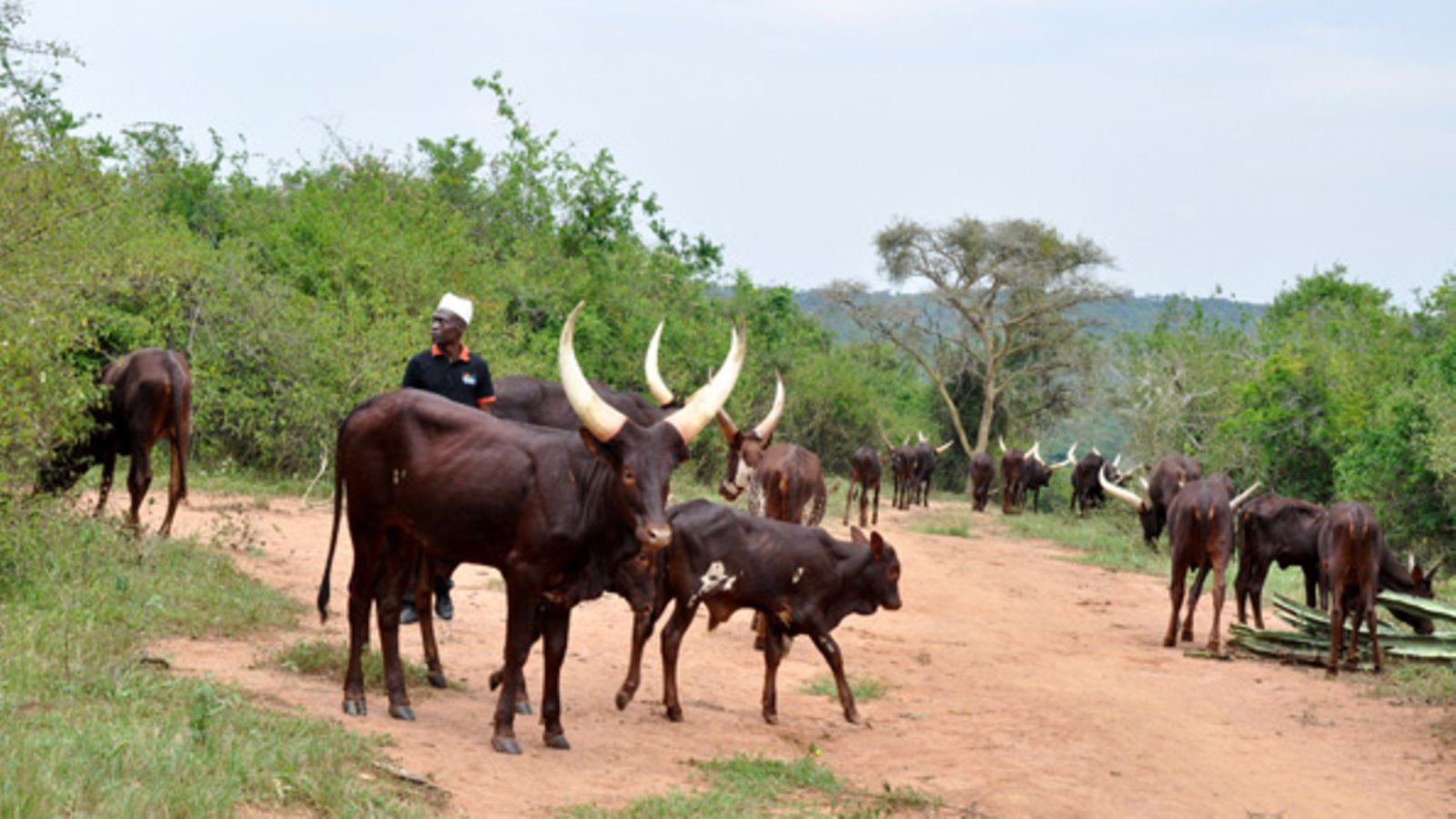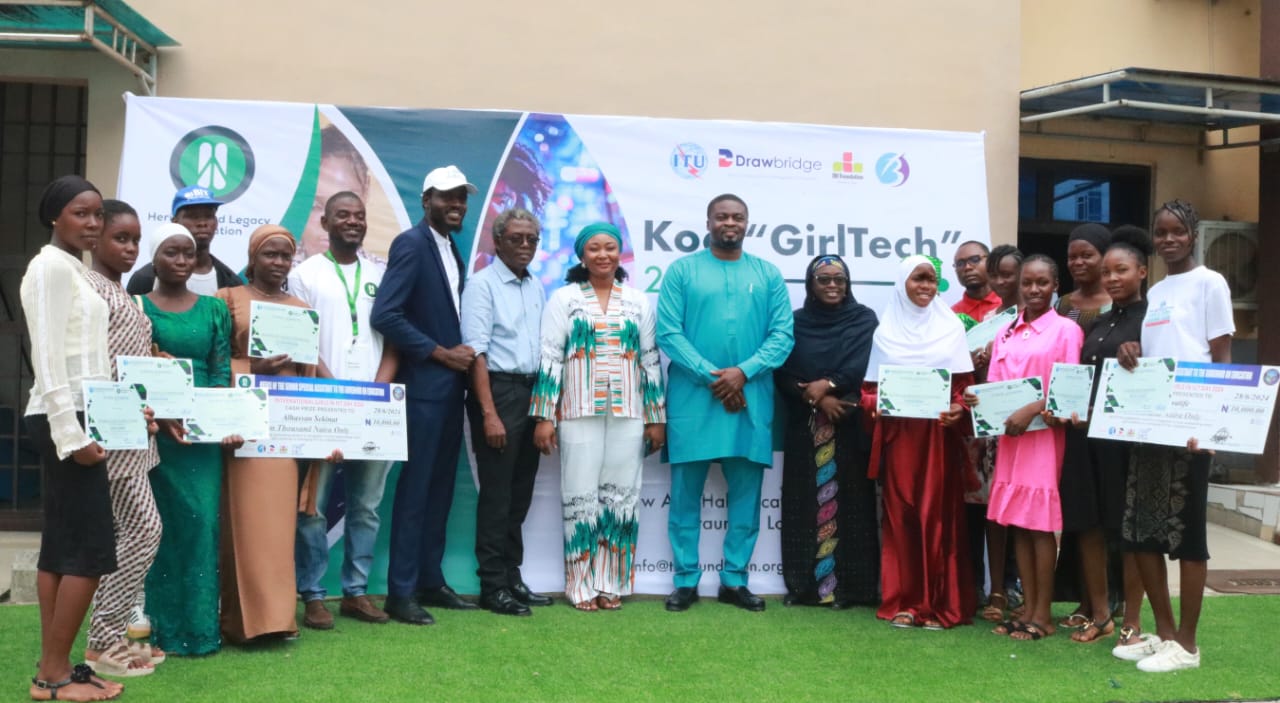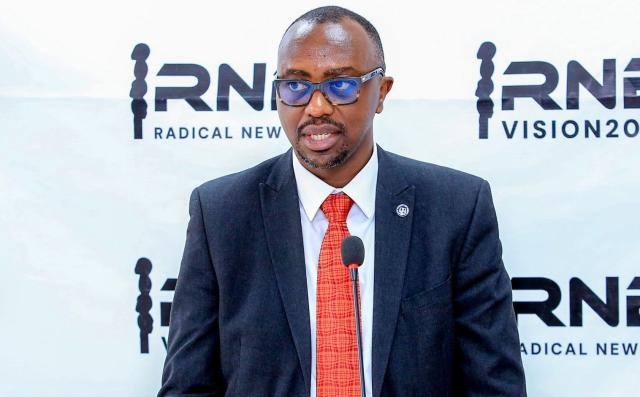Man Fights Stigma of Elephantiasis After being told He Wouldn’t Survive
Odongo noted that due to his condition, his wife and mother to three of his children whom he married in 2009 abandoned him in 2018 citing she may end up dying in their family. He said his mother in-law also supported her daughter’s decision to end the marriage alleging that she may end up dead since he was also going die.
At the age of 15, a health worker told Morris Odongo he wouldn’t live beyond 40 years. Diagnosed with elephantiasis, a condition that causes severe swelling in parts of the body due to a parasitic infection, Ondongo’s future appeared bleak at the time.
Now at 37, Odongo isn’t just surviving to witness his demise at 40 as predicted, but rather thriving and challenging the stigma that has followed him nearly half his life.
Odongo, a resident of Abali village in Barr Sub-county, Lira district, recalls the early symptoms: a swelling in his right leg that slowly grew bigger, making his movement difficult. Odong, who was at school at the time, dropped out due to severe pain and bullies.
“I started feeling pain in 2003, but the pain made me leave school. a doctor I visited at the time told me I would be dead before 40 years,” Odongo told Uganda Radio Network in an interview.
Elephantiasis, a condition caused by bites from infected female anopheles mosquitoes, is treatable if detected early. But for Odongo, who lived in a rural area, late access to proper diagnosis and medical treatment saw his condition worsen over time.
And by the time he received proper diagnosis and treatment, he had undergone immense years of pain, stigma and social isolation.
Odongo says when his leg got swollen, the community, including his family members, started to stigmatize and avoid him, while others attributed the condition to witchcraft and a curse.
“…When my leg started swelling and the condition worsened, many people started despising me, some told me I stepped on a charm, others said it could be a result of revenge for parents’ wrongdoings, arguing why it was me and not others who were charmed. Other people claimed it was a curse, and there were so many issues,” said Odongo.
Odongo noted that due to his condition, his wife and mother to three of his children, whom he married in 2009, abandoned him in 2018, citing that she may end up dying in their family. He said his mother-in-law also supported her daughter’s decision to end the marriage, alleging that she may end up dead since he was also going to die.
“…in 2009, I married my first wife, but she left, because people die in our family. My mother-in-law said she doesn’t want her daughter to stay in our family because she would be killed. After all, in our home, people die, and even I look like I will die. Even my children are not yet back up to now,” said Odongo.
Despite the dire prediction about his life expectancy, Odong remains healthy thanks to the proper medical care he received from Sightsavers Uganda, an international charity organization working to eliminate neglected tropical diseases.
Odongo, who had for years been relying on traditional medicines on the assumption that his condition was a result of witchcraft, started receiving proper medical treatment in August last year.
While he noted that he had given up on life, Odongo said that through counseling and proper medical treatment, he managed to fight off stigma and has had his condition stabilized.
Now, happily married to another woman and able to walk and farm again, Odongo has become an advocate challenging misconceptions that have hindered the recovery and proper medical treatment for hundreds of elephantiasis patients in Lango Sub-region and Northern Uganda in general.
“…The reason I didn’t recover early enough was because I had in my mind that this condition was a result of charms; I couldn’t believe that mosquitoes would cause elephantiasis, I thought mosquitoes only cause malaria. I only confirmed this last year in August that elephantiasis is caused by mosquitoes when I started recovering.”
Like Odongo, many patients in Northern Uganda afflicted by lymphatic filariasis continue to face profound challenges not only due to the physical manifestation of the disease but also the pervasive social stigma that accompanies it.
Geoffrey Ochieng, a resident of Kirombe Parish in Adyel Sub-county, Lira District, equally shares his traumatizing journey of facing stigma after being diagnosed with hydrocele, a painless swelling in the scrotum caused by a buildup of fluids in the sac surrounding the testicle.
Ochieng noted that a decade ago, he started experiencing a swelling on his testicle that later grew to the size of ultimately affecting his mobility, sitting and sexual performance.
According to Ochieng, due to his condition, his wife abandoned him while community members stigmatized him and his children.
“In my community, my children somehow became a target of my condition. They would often be avoided by other children out of fear that they would spread the disease to them, and even in cases of disagreements, they would be abused through description of my condition,” said Ochieng.
Dr Charles Wetaka Wamboga, an official from the Ministry of Health’s Vector Control Division, during a meeting in Gulu city last week, noted that deformities from elephantiasis often lead to social stigma and mental health issues.
Dr. Anthony Wani, the Country Director Sightsavers Uganda Office, reiterated that deformities from lymphatic filariasis have immense effects on relationships, adding that most times, either men or women abandon their spouses.
Last week, Sightsavers Uganda, in its bid to expand its operation in improving the quality of lives of people with advanced lymphatic filariasis, launched a new project that will benefit patients and health workers in eight districts of Acholi and two others in Teso Sub-region.
The three-year project, worth 1.5 million Euro (approximately 7 billion shillings) will be implemented in the districts of Omoro, Gulu, Nwoya, Amuru, Lamwo, Kitgum, Agago and Pader, all in the Acholi sub-region, and Katakwi and Amuria inthe Teso Sub-region.
According to Dr Wani, one of the three components of the project will address behavioural change, in which patients and community members will be taken through education about the disease and what exactly causes it to encourage them to undergo treatment and also avoid stigma.
Through the project, an estimated 2,000 hydrocele patients are expected to receive surgeries, while 2,339 patients will be trained in lymphedema management.
In the Lango Sub-region alone, according to statistics from Sightsavers Uganda, there are 447 patients of elephantiasis and hydrocele currently undergoing treatment in six sub-counties, with the highest burden recorded in Barr sub county.
Data from the Vector Control Division at the Ministry of Health, however, indicates 4,997 cases of lymphoedema and 6,464 cases of hydrocele have been listed in the Sub-regions of Teso, Lango and Acholi.
The Health Ministry stopped mass drug administration for lymphatic filariasis in 2019 in all 70 endemic districts across the country after registering successful transmission interruption of the disease.








